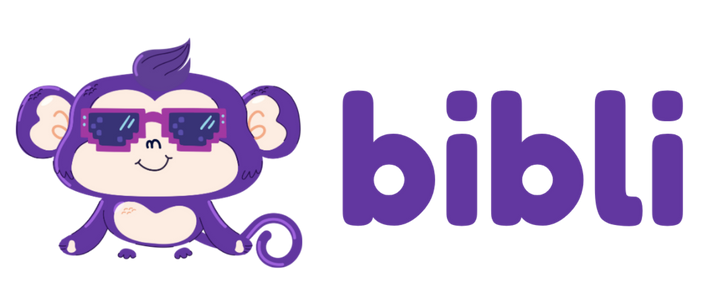What are double consonants?
In phonics, double consonants refer to two of the same consonant letters appearing next to each other within a word. However, both consonants don’t necessarily create a double sound.
Here are the most common consonant blends that you see in words:
How double consonants work:
1. Short Vowel Rule:
When a one-syllable word ends in a single consonant sound (/s/, /l/, /f/, /z/), and is preceded by a short vowel sound, the consonant is often doubled to create a shorter, choppier vowel sound.
Examples:
| /ss/ | miss (short i) |
| /ll/ | spill (short i) |
| /ff/ | stiff (short i) |
| /zz/ | fizz (short i) |
2. Adding Suffixes:
When a suffix (like “-ed,” “-ing,” or “-er”) is added to a word that ends in a single consonant sound, the consonant often gets doubled to maintain the original pronunciation.
Examples:
| stop+ (-ed) | stopped (prevents a change from short o to long o) |
| run + (-ing) | running (maintains the short u sound) |
| big + (-er) | bigger (keeps the short i sound) |
3. Double Consonants with different sounds:
In some cases, even though the letters are doubled, they might represent different consonant sounds altogether.
Examples:
-
-
- dinner (double “n” but separate sounds /dɪ/ and /n/)
- scissors (double “ss” but separate sounds /s/ and /z/)
-
4. Exceptions:
There are always exceptions in English! Some words with double consonants don’t follow these rules.
Examples: better, hollow, yellow


